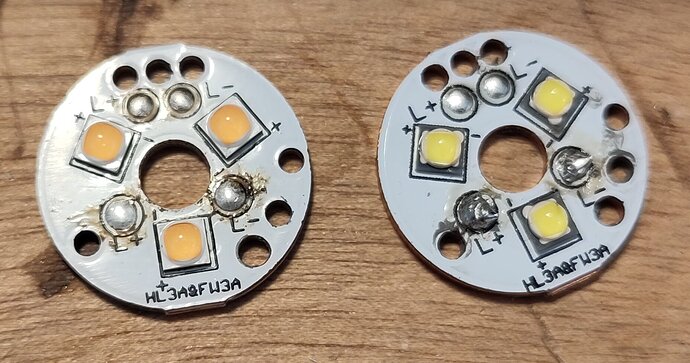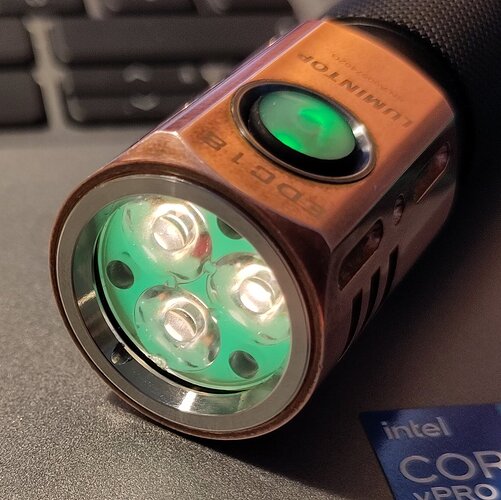Designed and built an 18650 to 2x D Cell adapter with a field swappable 18650, integrated charging and protection for my Maglite.
Pics here: 18650 to 2x D cell adapter with TP4056 Charging - Album on Imgur
If anyone wants to print their own, it’s available here: https://www.tinkercad.com/things/lSpcdjz28YZ on TinkerCAD
Fits the common TP4056 charging module you can get for under $1 almost anywhere.
IMPORTANT NOTE:
The higher voltage will burn out a regular 2-Cell incandescent bulb. You need to update your flashlight bulb to something that can accept the higher voltage. Anything that is designed to work with 3 cell (C or D battery) flashlights will likely be fine or an LED module like LITT or Nitecore have built-in regulation to accept a wide voltage range.
ASSEMBLY:
Parts: 3D printer (or access to use one). Brass washer, Brass screw, TP4056 charger, some wire (20-22 AWG), battery contacts, super glue, and be able to do some very simple soldering.
3D Print the adapter linked above
Measure needed lengths of wire and cut to size. There are holes through the print to feed wires to each end of the battery chamber and to each end of the adapter overall.
Solder the wires onto the battery contacts. (I went to the dollar store and bought a toy that took AA batteries to steal from instead of ordering a large quantity online.).
Feed the wires from the contacts into the appropriate holes, apply super glue to the back of them, and then insert an 18650 to hold them in place while it dries. (Beware some glue may get on your battery.)
Make sure the screw you use fits the positive hole in the print. This hole curves to meet the charging board so use a short screw, 1/2” or so. Solder a wire to the bottom of the screw. Feed that wire down the top of the adapter and then a little super glue to hold the screw in place.
Solder the negative wire to the brass washer. Super glue washer to the bottom of the adapter with the solder spot hidden under so it doesn’t get rubbed on and broken in use.
The 4 wire ends all meet at the back of the charging board, battery plus and minus, output plus and minus. Solder them all carefully to the correct pads on the TP4056. Then super glue the TP4056 into place with the USB port facing up toward the positive terminal but make sure it’s not sticking out past the top, you don’t want it to touch anything inside the flashlight while in use.
Dab a little superglue on the wires along the channel so they stay tucked in neatly and don’t get caught on anything.
Voila! You now have an 18650 adapter for your 2x D cell flashlight that has onboard recharging, low voltage protection, and you can hot-swap in a fresh 18650 when needed also!
If you are rougher and the 18650 seems to shake loose at all from its contacts, add a piece of sponge over the 18650 to support it. A piece of “magic eraser” type sponge from the dollar store works great for this.













